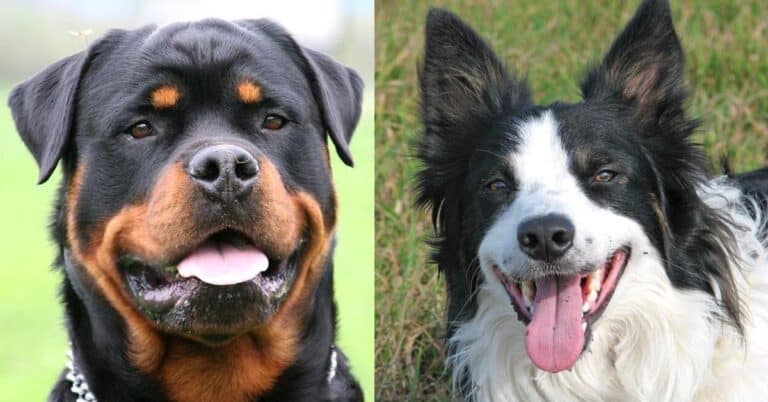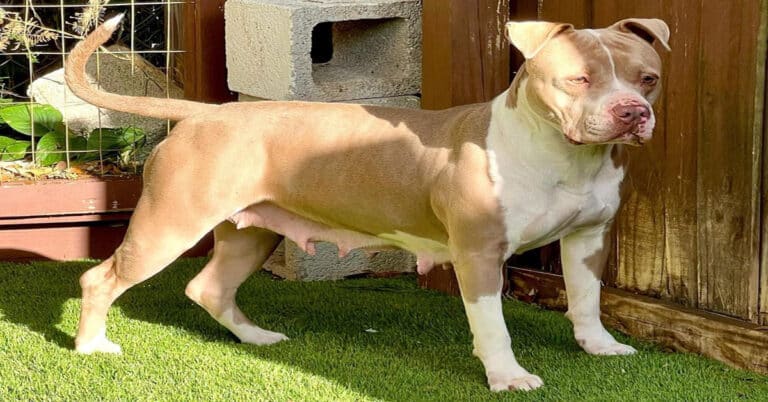Acupuncture For Dogs
It may seem a little far-fetched but there are many dog owners who see an acupuncturist for their dogs. They may be seeking to alleviate pain or they may believe that acupuncture provides treatment for incontinence, arthritis, cardiovascular disorders, gastrointestinal problems, and many others. Does it work? Does acupuncture provide genuine relief for a dog’s problems?
Acupuncture for dogs is only a small part of acupuncture in general, and Traditional Chinese Medicine overall. Acupuncture itself consists of applying small-gauge needles to various points on the body to elicit physiological responses as treatment. It’s an ancient procedure used in Traditional Chinese Medicine to treat whole-body conditions. That refers to the Chinese belief that a particular ailment does not happen in isolation. If you have pain in one part of your body there are other parts of your body involved. There is more than a physical reason for it. There is also spirit and energy involved.
Acupuncture is documented in India some 7000 years ago and it was being used in China, with fishbones, 5000 years ago. Veterinary acupuncture is becoming quite commonplace now.
An acupuncturist who practices Traditional Chinese Medicine will try to view a canine patient’s problem from the perspective of physical, mental and emotional components. Unlike a Western veterinarian, the acupuncturist will try to understand the dog’s problem in its total situation, examining all surrounding elements and influences. The acupuncturist may ask about the dog’s home situation, his diet, his likes and dislikes, his behavior, and any changes in his life.
In Western medicine a vet will likely treat each dog with the same problem the same way. But, in Traditional Chinese Medicine, a practitioner will personalize treatment for each patient depending on his particular circumstances. Treatment can vary depending on the dog’s favorite food or the smell of his breath because the underlying causes may be different.
Only after asking these questions and making these determinations will an acupuncturist use needles to elicit a response from the dog. He will carefully choose the size of the needle and the appropriate spots for placement, based on the diagnosis of the cause of the problem. The acupuncturist chooses from needles that are 1/2 inch to 2 inches long, depending on where they’re to be placed. The needles are solid and very flexible. With a good acupuncturist the dog doesn’t feel any pain. The acupuncturist inserts the needles and manipulates them. It requires expert training to insert them, move them and to remove them properly.
It may take four to eight treatments to know if acupuncture is working for a dog, though you can often see some improvement after one session and there can be marked improvement after three sessions. Treatments can last from 10 seconds to 30 minutes and they may be recommended once or twice a week.
Acupuncture can be successfully used in treating many ailments but it is most often associated with managing pain. The use of corticosteroids can diminish the effectiveness of acupuncture and you may not want to use acupuncture with cancer patients. Acupuncture can stimulate cancer to grow faster.
Various studies have been conducted regarding acupuncture but the basic message is that anecdotal evidence shows that it works. Acupuncture is a good adjunct approach to try in treating your dog for many problems.
If you have tried other forms of Western medicine without success there is nothing to be lost by trying acupuncture and you could find a healing method that works for your dog. Find a practitioner who is having success with other dogs and see if he can help your dog. It’s hard to argue with success.

Having discovered a fondness for insects while pursuing her degree in Biology, Randi Jones was quite bugged to know that people usually dismissed these little creatures as “creepy-crawlies”.







